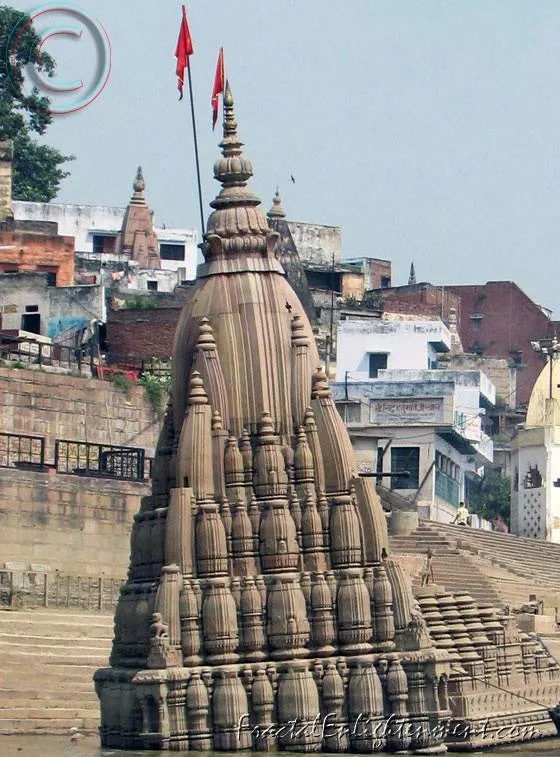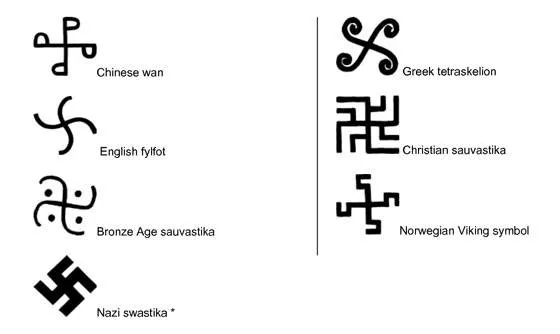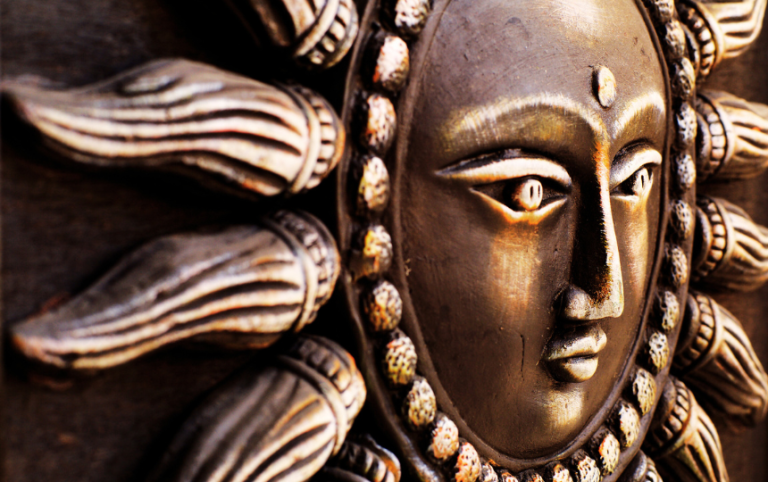Nature has a cure for every illness; one simply needs to be made aware of these cures. For several years we lived in virtually an isolated place close to the hills and the fields and that’s when we realised the benefits of living close to nature.

We started using herbs/plants to treat our now two and a half year old son when he was down with a cold, stuffy nose, bout of fever or a tummy ache – old-fashioned home remedies are often the best way to treat kids.
The people who are disconnected from urban life have the knowledge of plant-based remedies.
Like the local woman where we lived, enlightened us about a potion made from five different types of plants – Adhatoda vasica (Adulsa), highly worshiped Indian herb Holy Basil (Tulsi), Bitter Gourd (Karela), Guava and a local wild plant called Phangli.
We used this remedy when our son suffered from a bout of fever, cold and cough, when he was around 7 months old.
We still use this potion although where we stay now, we don’t have access to Phangli.
The Magic Potion

Around 3-4 or 2-3 leaves, mostly the fresh leaves that have just sprouted, they supposedly have the most medicinal value, each leaf (mentioned above) was wrapped inside the big-sized Adulsa leaves (used only for heating purpose) and heated for few minutes, until the outer leaves turned a bit brown.
We removed the burnt leaves and squeezed out the juice by pressing it between the palms, it must have been 1 tsp, and in three days he was better and in a weeks time he was fine. (It’s was a potent mixture and preferably given early morning before breakfast.)
Here is the process in pictures –





We were absolutely marveled by the healing properties of each one of those plants, the woman said that –
Adulsa was for cough and cold, Tulsi for cold, Guava and Bitter Gourd for the stomach, and the local Phangli to cure fever. We didn’t feel the need to go to a doctor, nature was our doctor. Bitter Gourd and Phangli was not always available so we started using Tulsi, Adulsa and Ginger in case of cold and fever.
Benefits of Tulsi
- Fever & Common Cold – The juice of tulsi leaves can be used to bring down fever. Extract of tulsi leaves in fresh water should be given every 2 to 3 hours
- Coughs
- Sore Throat
- Respiratory Disorder
- Kidney Stones
- Heart Disorder
- Relieves stress
- Boost Immunity
- Enhances stamina
- An excellent mouth freshener and oral disinfectant
- Beneficial in the treatment of ringworm and other skin diseases
- Useful in treating Diabetes
Benefits of Adulsa
- Helpful in asthma, bronchitis, and chronic coughs and breathlessness
- It is also used for lowering blood pressure in mildly hypertensive patient
- A poultice of the leaves may be applied to wounds for their antibacterial and anti-inflammatory properties
- It has been used to control both internal and external bleeding such as peptic ulcers, haemorrhoids and bleeding gums
- Antispasmodic properties are also associated with the plant. It helps in easing pain
Recently our son had some kind of a stomach infection which caused vomiting and loose stools for 2-3 days. The remedy for this was Guava leaves, again fresh ones, boiled it in water for few mins (you will notice the colour change) and let it simmer for 5-10 minutes and fed him the extract twice a day. In few days he was alright. Natural remedies generally takes longer to cure an ailment as compared to modern medicine, but at the same time the child’s immunity builds up as well as his resistance level.
Since then we have always used Tulsi and Adulsa leaves to treat cold or cough and guava leaves for any stomach infection. Guava leaves have plenty of benefits. Simply boiling the leaves in water and drinking the decoction does wonders to the stomach.

Benefits of Guava leaves
- According to Indian folklore, “it is believed that the leaves of this plant [guava] can cure jaundice within three days.”
- Since ancient times Guava leaves have been used as herbal remedies to treat diabetes. It decreases the levels of glucose in the blood
- Also used to treat epilepsy
- Antibiotic properties are attributed to the decoction or infusion of guava leaves
- The astringents in the leaves of the guava plant will bind up the bowels and relieve symptoms of gastroenteritis, as well as diarrhoea
- By crushing guava leaves and applying them directly to the wound, you can relieve some of the discomfort
- Chewing on a guava leaf twice a day, can relieve gum and tooth sensitivity, bleeding gums or mouth sores
- Cure bad breath
- Soothe a sore throat
There are many such plants which can be used for healing purpose, but are you open to trying it out. The key is patience and belief that it will work! Like the Native American quote goes, “Everything on the earth has a purpose, every disease an herb to cure it, and every person a mission. This is the Indian theory of existence.”
(Please consult your herbalist or health care provider before beginning use of any of the plants mentioned above)
Resources:
Tulsi
Benefits of Guava leaves
Effects of guava leaf extract































